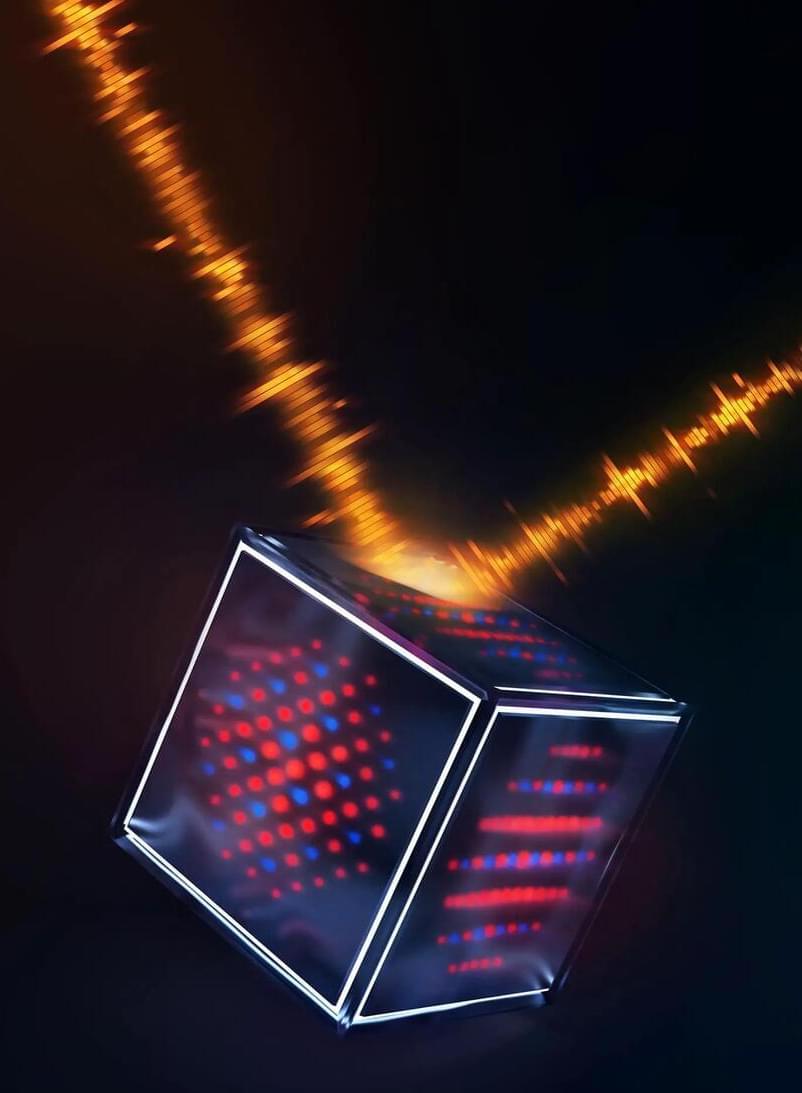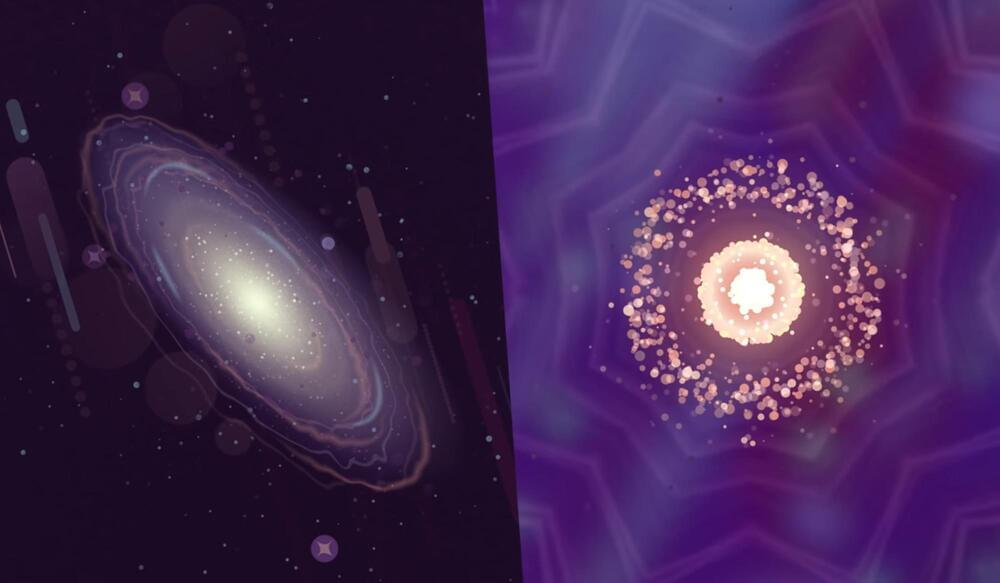A controversial new type of electric propulsion system that physicists say defies Newton’s Laws of Motion, known as the Quantum Drive, has secured a spot on a SpaceX rocket and will launch into low Earth orbit (LEO) this October.
Designed by IVO Ltd., an electronics prototyping company, the promising yet controversial Quantum Drive could change the future of space travel and, if proven to work, would potentially rewrite or expand many of the accepted principles of inertia and motion that have existed for centuries.
Newtonian Physics Says creating inertia Without Propellant is Impossible.






